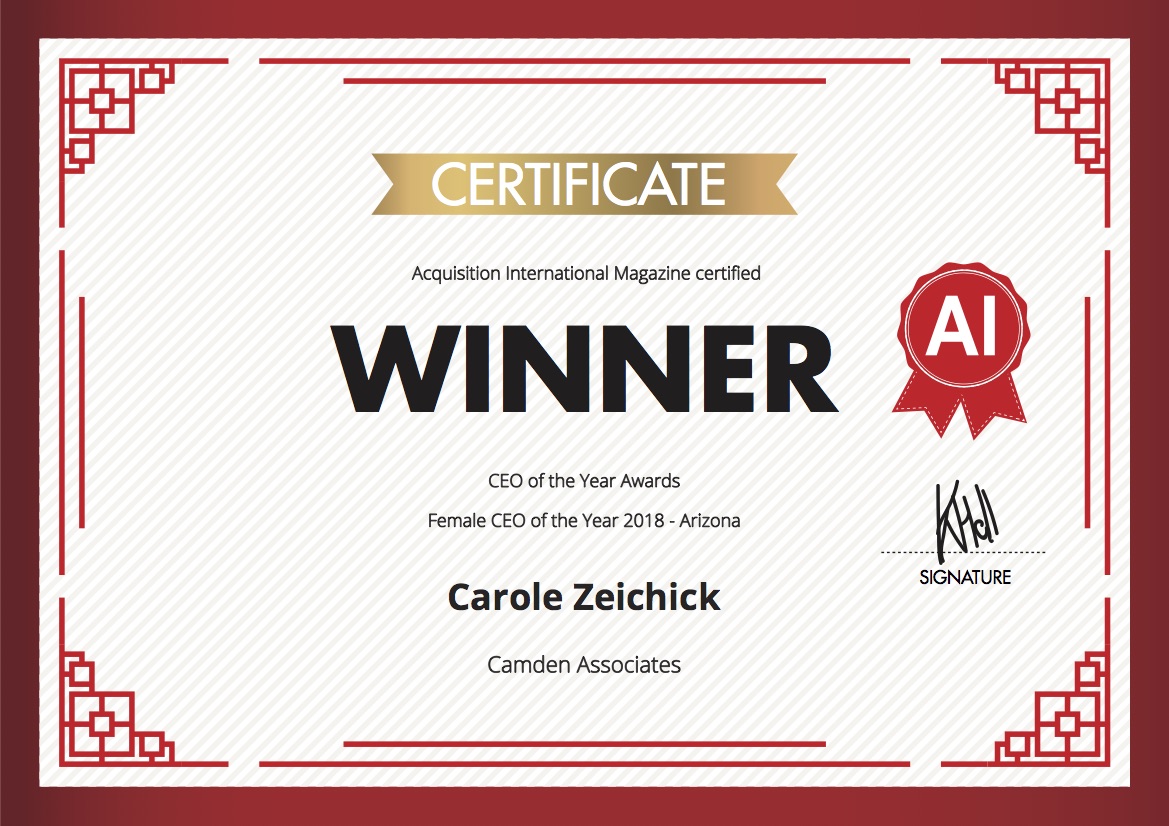 If you saw the 2013 Sandra Bullock-George Clooney science-fiction movie Gravity, then you know about the silent but deadly damage that even a small object can do if it hits something like the Hubble telescope, a satellite, or even the International Space Station as it hurtles through space. If you didn’t see Gravity, a non-spoiler, one-word summary would be “disaster.” Given the thousands of satellites and pieces of man-made debris circling our planet, plus new, emerging threats from potentially hostile satellites, you don’t need to be a rocket scientist to know that it’s important to keep track of what’s around you up there.
If you saw the 2013 Sandra Bullock-George Clooney science-fiction movie Gravity, then you know about the silent but deadly damage that even a small object can do if it hits something like the Hubble telescope, a satellite, or even the International Space Station as it hurtles through space. If you didn’t see Gravity, a non-spoiler, one-word summary would be “disaster.” Given the thousands of satellites and pieces of man-made debris circling our planet, plus new, emerging threats from potentially hostile satellites, you don’t need to be a rocket scientist to know that it’s important to keep track of what’s around you up there.
It all starts with the basic physics of motion and managing the tens of thousands of data points associated with those objects, says Paul Graziani, CEO and cofounder of Analytical Graphics. The Exton, Pennsylvania-based software company develops four-dimensional software that analyzes and visualizes objects based on their physical location and their time and relative position to each other or to other known locations. AGI has leveraged its software models to build the ComSpOC – its Commercial Space Operations Center. ComSpOC is the first and only commercial Space Situational Awareness center, and since 2014 it has helped space agencies and satellite operators keep track of space objects, including satellites and spacecraft.
ComSpOC uses data from sensors that AGI owns around the globe, plus data from other organizations, to track objects in space. These sensors include optical telescopes, radar systems, and passive rf (radio frequency) sensors. “A telescope gathers reflections of sunlight that come off of objects in space,” Graziani says. “And a radar broadcasts radio signals that reflect off of those objects and then times how long it takes for those signals to get back to the antenna.”
The combination of these measurements helps pinpoint the position of each object. The optical measurements of the telescopes provide directional accuracy, while the time measurements of the radar systems provide the distance of that object from the surface of the Earth. Passive rf sensors, meanwhile, use communications antennas that receive the broadcast information from operational satellites to measure satellite position and velocity.
Read more in my story for Forbes, “How Satellites Avoid Attacks And Space Junk While Circling The Earth.”

 DevOps is a technology discipline well-suited to cloud-native application development. When it only takes a few mouse clicks to create or manage cloud resources, why wouldn’t developers and IT operation teams work in sync to get new apps out the door and in front of user faster? The DevOps culture and tactics have done much to streamline everything from coding to software testing to application deployment.
DevOps is a technology discipline well-suited to cloud-native application development. When it only takes a few mouse clicks to create or manage cloud resources, why wouldn’t developers and IT operation teams work in sync to get new apps out the door and in front of user faster? The DevOps culture and tactics have done much to streamline everything from coding to software testing to application deployment.
 “Thou shalt not refer winkingly to my taking off my robe after worship as disrobing.” A powerful essay by Pastor Melissa Florer-Bixler, “
“Thou shalt not refer winkingly to my taking off my robe after worship as disrobing.” A powerful essay by Pastor Melissa Florer-Bixler, “ “Thou shalt not refer winkingly to my taking off my robe after worship as disrobing.” A powerful new essay by Pastor Melissa Florer-Bixler, “
“Thou shalt not refer winkingly to my taking off my robe after worship as disrobing.” A powerful new essay by Pastor Melissa Florer-Bixler, “ While many would decry the system sexism and misogyny in cybersecurity, Ms. Brown sees opportunity:
While many would decry the system sexism and misogyny in cybersecurity, Ms. Brown sees opportunity: According to a depressing story in Harvard Business Review, venture capitalists consider female entrepreneurs to be quite different than males. The perceived difference is not good. According to the May 17, 2017, story, “
According to a depressing story in Harvard Business Review, venture capitalists consider female entrepreneurs to be quite different than males. The perceived difference is not good. According to the May 17, 2017, story, “ Technical diligence starts when a startup or company has been approved for outside capital, but needs to be inspected to insure the value of the technology is “good enough” to accept investment. The average startup has something like 1/100 odds of receiving funding once they pitch a VC firm, which is why if investment is offered the ball shouldn’t be dropped during technical diligence. Most issues in technical diligence can be prevented. Since technical diligence is part of the investigation process to receiving venture capital, any business in theory could proactively prepare for technical diligence.
Technical diligence starts when a startup or company has been approved for outside capital, but needs to be inspected to insure the value of the technology is “good enough” to accept investment. The average startup has something like 1/100 odds of receiving funding once they pitch a VC firm, which is why if investment is offered the ball shouldn’t be dropped during technical diligence. Most issues in technical diligence can be prevented. Since technical diligence is part of the investigation process to receiving venture capital, any business in theory could proactively prepare for technical diligence. In the United States, Sunday, May 14, is Mother’s Day. (Mothering Sunday was March 27 this year in the United Kingdom.) This is a good time to reflect on the status of women of all marital status and family situations in information technology. The results continue to disappoint.
In the United States, Sunday, May 14, is Mother’s Day. (Mothering Sunday was March 27 this year in the United Kingdom.) This is a good time to reflect on the status of women of all marital status and family situations in information technology. The results continue to disappoint. There are public-relations disasters… and there are self-inflicted public-relations disasters. Those are arguably the worst, and it’s been a meaningful couple of weeks for them, both in the general world and in the technology industry. In some cases, the self-inflicted crises exploded because of stupid or ham-handed initial responses.
There are public-relations disasters… and there are self-inflicted public-relations disasters. Those are arguably the worst, and it’s been a meaningful couple of weeks for them, both in the general world and in the technology industry. In some cases, the self-inflicted crises exploded because of stupid or ham-handed initial responses.
 Despite some recent progress, women are still woefully underrepresented in technical fields such as software development. There are many academic programs to bring girls into STEM (science, technology, engineering and math) at various stages in their education, from grade school to high school to college. Corporations are trying hard.
Despite some recent progress, women are still woefully underrepresented in technical fields such as software development. There are many academic programs to bring girls into STEM (science, technology, engineering and math) at various stages in their education, from grade school to high school to college. Corporations are trying hard. It’s hard being a female programmer or software engineer. Of course, it’s hard for anyone to be a techie, male or female. You have to master a lot of arcane knowledge, and keep up with new developments. You have to be innately curious and inventive. You have to be driven, you have to be patient, and you have to be able to work swiftly and accurately.
It’s hard being a female programmer or software engineer. Of course, it’s hard for anyone to be a techie, male or female. You have to master a lot of arcane knowledge, and keep up with new developments. You have to be innately curious and inventive. You have to be driven, you have to be patient, and you have to be able to work swiftly and accurately. You’ve gotta read “
You’ve gotta read “ a billion dollars? Software companies, both startups and established firms, are selling like hotcakes. Some are selling for millions of U.S. dollars. Some are selling for billions. While the bulk of the sales price often goes back to venture financiers, a sale can be sweet for equity-holding employees, and even for non-equity employees who get a bonus. Hurray for stock options!
a billion dollars? Software companies, both startups and established firms, are selling like hotcakes. Some are selling for millions of U.S. dollars. Some are selling for billions. While the bulk of the sales price often goes back to venture financiers, a sale can be sweet for equity-holding employees, and even for non-equity employees who get a bonus. Hurray for stock options! “I tried working for some tech companies like Microsoft, Tektronix, IBM, and Intel. What a fiasco. I can’t count how many young men with way less experience and skills than me snagged the good fun hands-on tech jobs, while I got stuck doing some kind of crap customer service job. I still remember this guy who got hired as a desktop technician. He was in his 30s, but in bad health, always red and sweaty and breathing hard. It took him forever to do the simplest task, like connecting a monitor or printer. He didn’t know much and was usually wrong, but he kept his job. I busted my butt to show I was serious and already had a good skill set, and would work my tail off to excel, and they couldn’t see past that I wasn’t male. So I got the message, mentally told them to eff off and stuck with freelancing.”
“I tried working for some tech companies like Microsoft, Tektronix, IBM, and Intel. What a fiasco. I can’t count how many young men with way less experience and skills than me snagged the good fun hands-on tech jobs, while I got stuck doing some kind of crap customer service job. I still remember this guy who got hired as a desktop technician. He was in his 30s, but in bad health, always red and sweaty and breathing hard. It took him forever to do the simplest task, like connecting a monitor or printer. He didn’t know much and was usually wrong, but he kept his job. I busted my butt to show I was serious and already had a good skill set, and would work my tail off to excel, and they couldn’t see past that I wasn’t male. So I got the message, mentally told them to eff off and stuck with freelancing.” Technology is a rewarding career track. It also can be an incredibly hostile career track, especially for the females of the species.
Technology is a rewarding career track. It also can be an incredibly hostile career track, especially for the females of the species.
 It looks like the tech industry is hiring more women. Maybe. Maybe not. The statistics are hard to interpret. Also, it’s unclear if the newly hired women are performing technical or other jobs.
It looks like the tech industry is hiring more women. Maybe. Maybe not. The statistics are hard to interpret. Also, it’s unclear if the newly hired women are performing technical or other jobs.







 A decade ago, Ms. Garnett made a whole bunch of lonely programmers’ days. Is that really the type of trail-blazing attention that a woman tech-industry entrepreneur believes she must seek out? Today, is Avatar Partners so desperate for publicity that their public relations agency must tout the physical attributes of the company’s female CEO? Pathetic.
A decade ago, Ms. Garnett made a whole bunch of lonely programmers’ days. Is that really the type of trail-blazing attention that a woman tech-industry entrepreneur believes she must seek out? Today, is Avatar Partners so desperate for publicity that their public relations agency must tout the physical attributes of the company’s female CEO? Pathetic.
